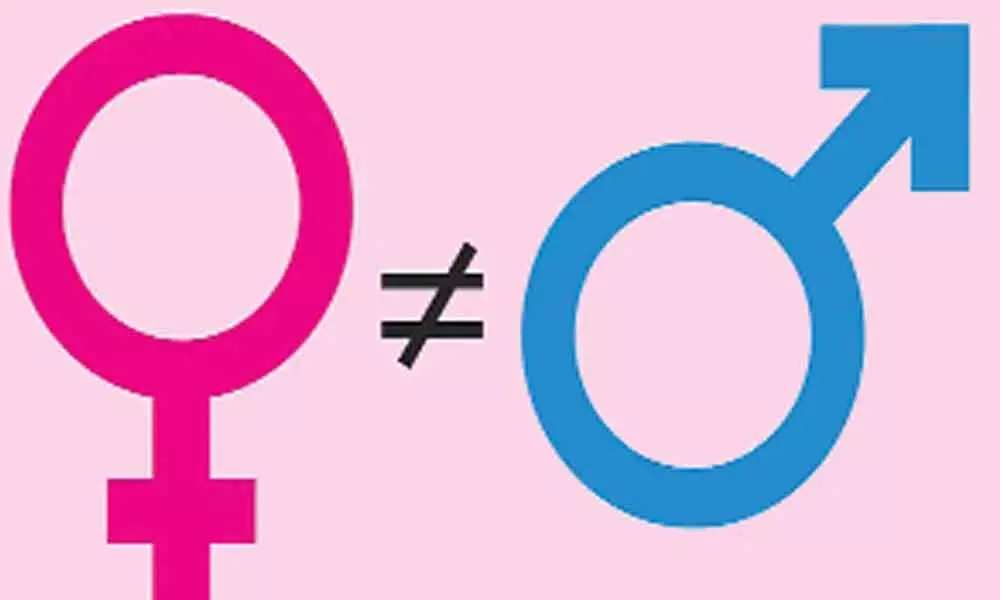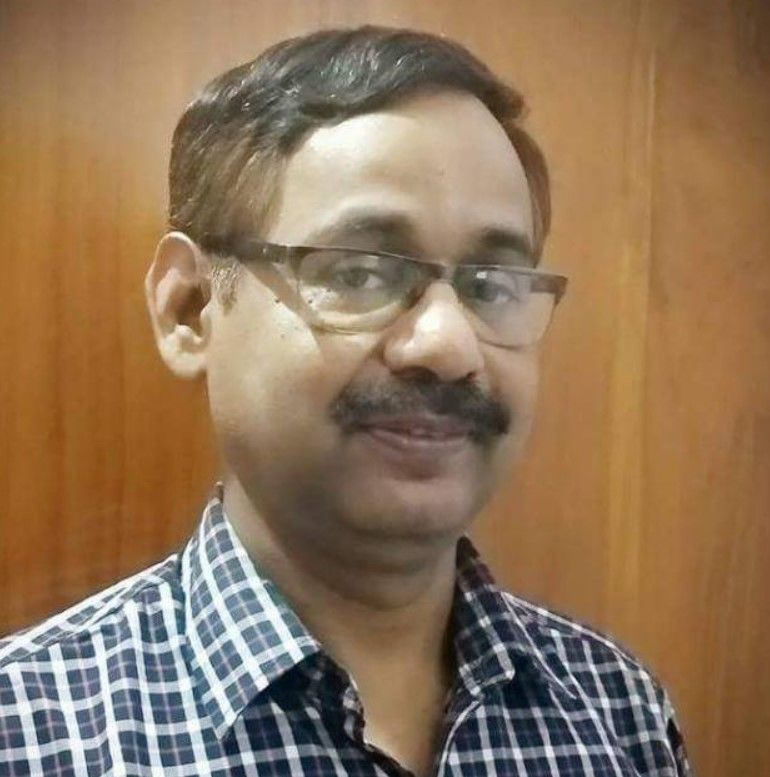Gender parity: Yawning gap persists in India

The Covid-19 pandemic is escalating the vicious circle of inequality and exacerbating existing gender inequality which is reflected in rise in gender gap worldwide.
The Covid-19 pandemic is escalating the vicious circle of inequality and exacerbating existing gender inequality which is reflected in rise in gender gap worldwide. The WEF's Gender Gap Index ranks countries according to calculated gender gap between women and men in four key pillars—economic opportunity, political empowerment, educational attainment, and health and survival. It measures women's disadvantage compared to men, and is not a measure of equality of the gender gap.
According to World Economic Forum's Global Gender Gap Report 2021, impact of the Covid-19 pandemic continues to be felt and the global gender gap has increased by a generation from 99.5 years in previous edition to 135.6 years in 2021 report. It means as per 2020 report, given the earlier trend, gender gap was expected to be closed in 99.5 years, but as per 2021 report, it will require135.6 years or another 36 years more as compared to previous year to close gender gap.
What is disconcerting news is that India, home to 65 crore women, has seen widening of its gender gap with higher magnitude. India had closed gender gap almost 66.8 per cent one year ago. But this has plunged to 62.5 per cent in 2021 report showing widening of gender gap from 33.2 per cent to 37.5 per cent
India has slipped 28 places to rank 140th among 156 countries in Global Gender Gap Report 2021.The country had ranked 112th among 153 countries in the Global Gender Gap Index 2019-2020 down from 108th position in previous edition (2018). India's latest position is 42 notches lower than its reading in 2006 when the WEF started measuring the gender gap.
The gender gap is 4.3 percentage points larger than recorded in the previous editions, which explains why India has fallen by mammoth margin in the ranking. Some other countries have seen slippages too, but India 's slippage is farce worse than many other countries.
Most of the decline occurred on the political empowerment subindex, where India regressed 13.5 percentage points, with gender gap closed to date of 27.6 per cent. The main change is the significant decline in the number of women ministers (from 23.1 per cent in 2019 to 9.1 per cent in 2021). In addition, the share of women in parliament remains stagnant at 14.4 per cent and the share of the last 50 years in which a woman has been head of state is 15.5 per cent.
The decline also took place on the economic participation and opportunity sub-index, albeit to a lesser extent. India's gender gap on this dimension widened by 3 per cent this year, leading to a only 32.6 per cent gap being closed till date. Among the drivers of this deterioration is a decline in women's labour force participation rate, which fell from 24.8 per cent to 22.3 per cent. In addition, the share of women in professional and technical roles declined further to 29.2 per cent. The share of women in senior and managerial positions also remains low: only 14.6 per cent of these positions are held by women and there are only 8.9 per cent firms with female top managers.
The WEF pointed to a study by the UN's International Labour Organization (ILO) showing that women were more likely to lose their jobs in the crisis, in part because they are disproportionately represented in sectors directly disrupted by lockdowns. Indian women are worst sufferer too. Further, the estimated earned income of women in India is only one-fifth of men's, which puts the country among the bottom 10 globally on this indicator. In Pakistan and Afghanistan, the income of an average woman is below 16 per cent of that of an average man, while in India it is 20.7 per cent,
Discrimination against women is also reflected in the health and survival sub-index statistics. However, 93.7 per cent of this gap closed to date. But existing wide gaps in sex ratio at birth are due to the high incidence of gender-based sex-selective practices. According to the report, more than one in four women has faced intimate violence in her lifetime.
In case of the educational attainment sub-index, 96.2 per cent of gender gap has been closed with parity achieved in primary, secondary and tertiary education. Yet, gender gaps persist in terms of literacy: one third of women are illiterate (34.2 per cent) compared to 17.6 per cent of men.
This is a poor reflection of a country that boasts of highest GDP growth and dreams to be a super power. However, India's colossal decline in gender parity is not a matter of surprise. It cannot be ascribed to only pandemic only. Women have been the biggest casualties not just of the impact of the Covid-19-induced recession but due to various factors such gender violence, treating women as second-class citizens, patriarchal mindset of people, preference for male child.
World Economic Forum, quantifying the gap on a regular basis matters because improving gender parity has a fundamental bearing on how much economies and societies thrive. Fostering and developing female talent has the potential to accelerate the growth, competitiveness and future-readiness of economies and businesses worldwide.
Equality isn't just a number: it's a socio-economic need. Women make up one half of the world's talent. If they're prevented from contributing on a public platform, economies won't grow and thrive as they should
According to WEF managing director Saadia Zahidi, if we want a dynamic future economy, it is vital for women to be represented in the jobs of tomorrow. And as for ways to rebuild, Zahidi points to measures including greater investment from governments in the care economy, and businesses embedding gender parity and diversity into hiring and planning practices, especially when it comes to the roles of the future.
However, the government needs to give everyone a fair shot at prosperity. It needs to expand access to basic public services such as health care (including vaccination) and education and strengthen redistributive policies as privatization of education, health and essential services affect women more. Political and economic empowerment of women is need of hour.
(The author is an Odisha-based columnist/economist and social thinker)














